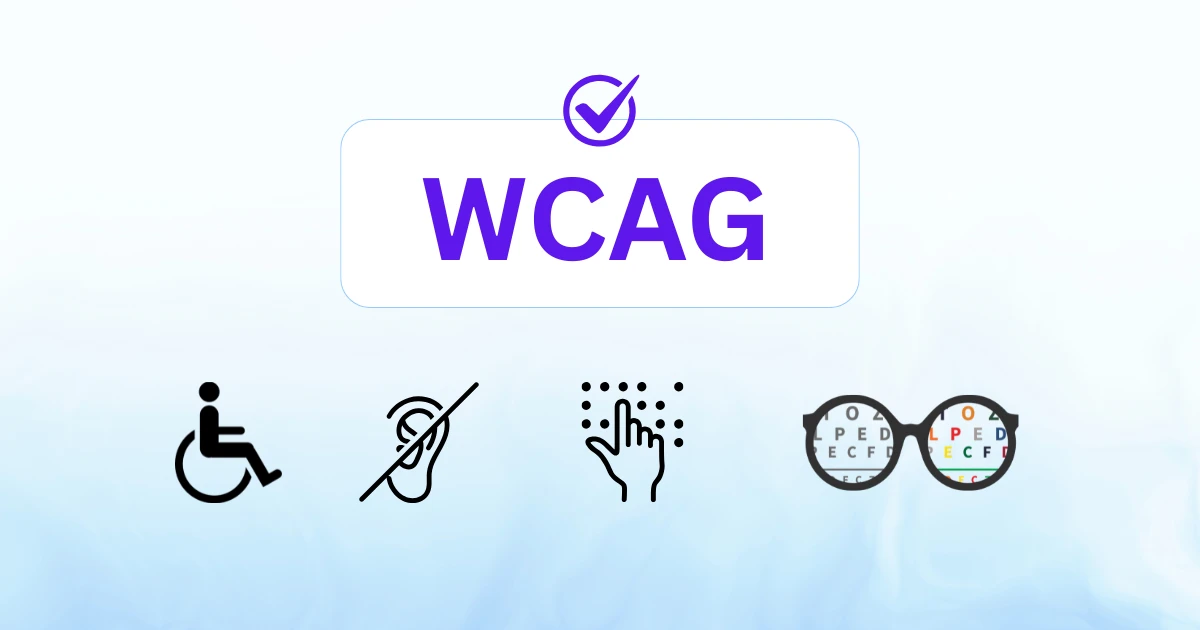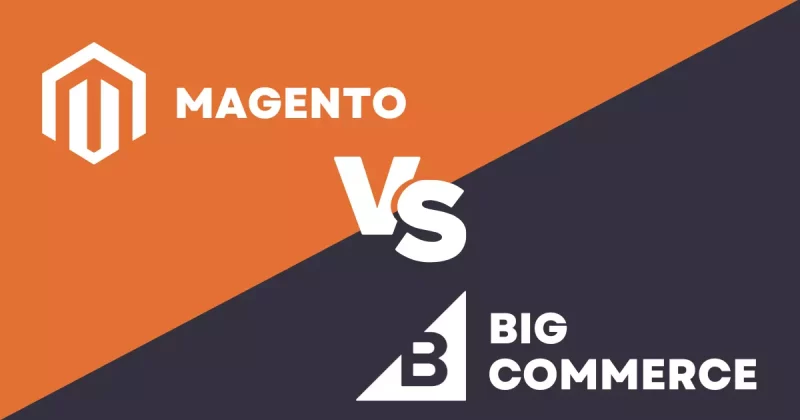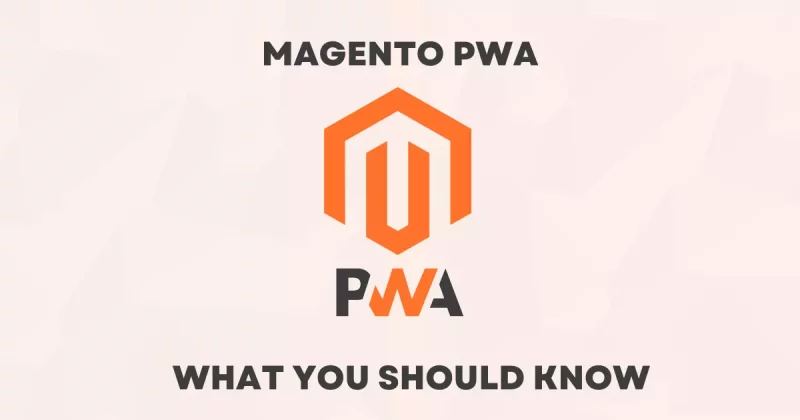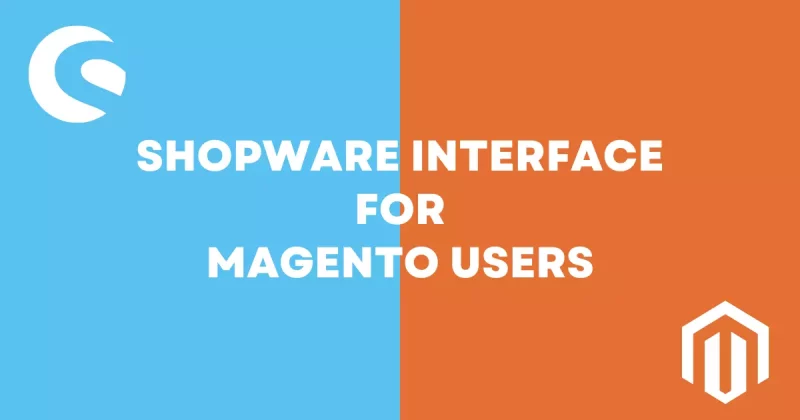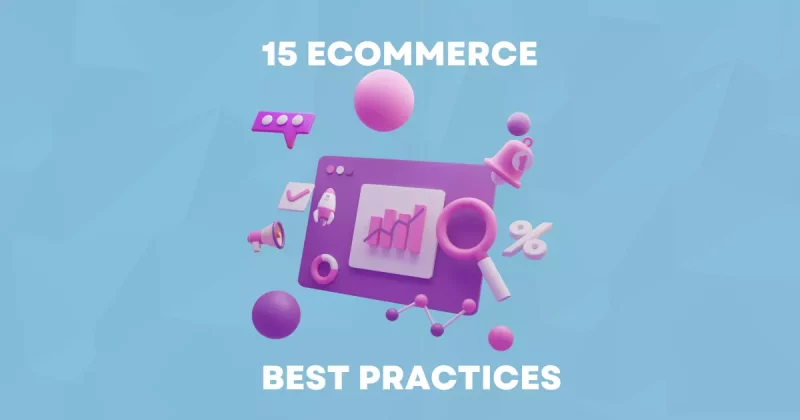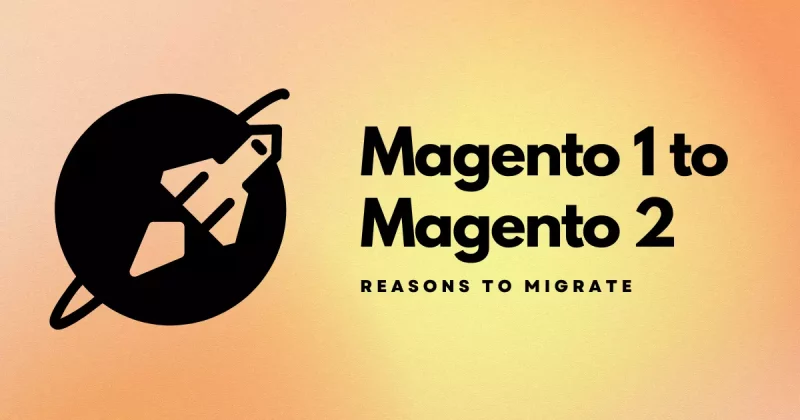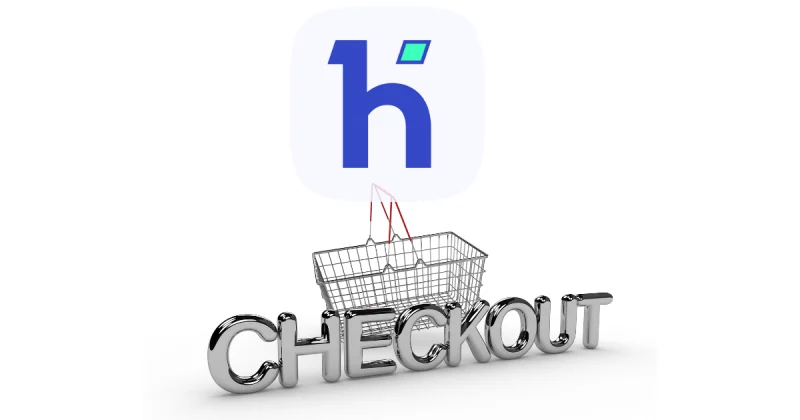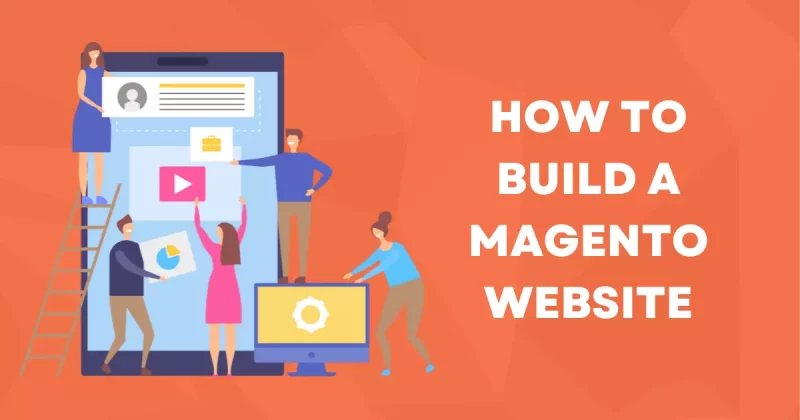Accessibility often becomes an afterthought. Somewhere between “make it quick” and “make it pretty.” But in 2025, that won’t be good enough. The European Accessibility Act (EAA) is coming into force — and for many eCommerce businesses, this means: either adapt your site or risk fines (or worse — losing customers).
But it’s not just about regulations. Digital accessibility is about making your website usable for everyone — including people who can’t use a mouse, can’t see images, or experience the web differently.
Accessibility Is Smart Business
Here’s a simple fact: around 16% of the world’s population lives with some form of disability. That’s millions of potential customers who may not be able to complete a purchase if your website isn’t accessible.
Add to that:
- Improved SEO (search engines love clean and semantic code),
- Higher conversion rates (the easier the site, the more people buy),
- Legal compliance,
- Reduced risk of complaints and chargebacks.
In other words: accessibility isn’t a cost — it’s an investment.
What Are WCAG Guidelines, and Why Should You Care?
“WCAG” stands for Web Content Accessibility Guidelines — a set of internationally recognized standards that help make web content accessible to everyone.
Three Levels of Compliance
- A — basic minimum accessibility.
- AA — the most commonly accepted standard.
- AAA — very advanced, often unreachable in eCommerce.
The four key principles of WCAG are that websites should be perceivable, operable, understandable, and robust.
How to Know Where You Stand
You don’t need to guess. There are free tools that help evaluate accessibility:
- WAVE: wave.webaim.org
- axe DevTools: browser extension with on-page results
- Lighthouse: built into Chrome DevTools
- Screen readers: NVDA (Windows), VoiceOver (Mac)
Tip: Run multiple tools for broader coverage of visual and structural issues.
10 Practical Steps to Make Your eCommerce Site More Accessible
- Add alt texts to images
Describe images in a meaningful way (e.g., “White and blue Nike Air Max 270 sneakers”). - Use proper heading structure
Use one<h1>per page, followed by<h2>,<h3>, etc. - Mind your contrast
Use readable color combinations. Test with tools like WebAIM Contrast Checker. - Make interactive elements obvious
Buttons should look like buttons, with focus states for keyboard navigation. - Ensure keyboard navigation works
Test the site with only a keyboard to ensure full functionality. - Write in plain language
Keep text simple and instructional. - Don’t rely on color alone
Use icons or messages in addition to color cues. - Make forms friendly
Use labels, provide useful error messages, and avoid relying on placeholders. - Let users control movement
Enable pause/stop functionality on sliders or auto-playing content. - Test regularly
Run accessibility checks before each major release.
How Hyvä Helps with Accessibility
Unlike many Magento themes, Hyvä makes accessibility a priority.
- Semantic markup and keyboard-friendly components.
- Regular audits for WCAG 2.1 AA compliance.
- Helpful documentation and accessibility-focused updates.
Hyvä provides a strong foundation for building modern, fast, and inclusive Magento stores.
What You Can Do Right Now
- Audit your site with Lighthouse, WAVE, or axe.
- Identify issues and prioritize them.
- Start with quick wins: headings, alt texts, color contrast.
- Plan future redesigns with accessibility in mind.
- Consider switching to an accessible-ready theme like Hyvä.
If you’ve read this far, you already care. Don’t wait until 2025. Start your accessibility journey today. Run an audit. Talk to your team. Make small changes that lead to bigger impact.
It’s not just about compliance. It’s about inclusion, usability — and doing the right thing.


